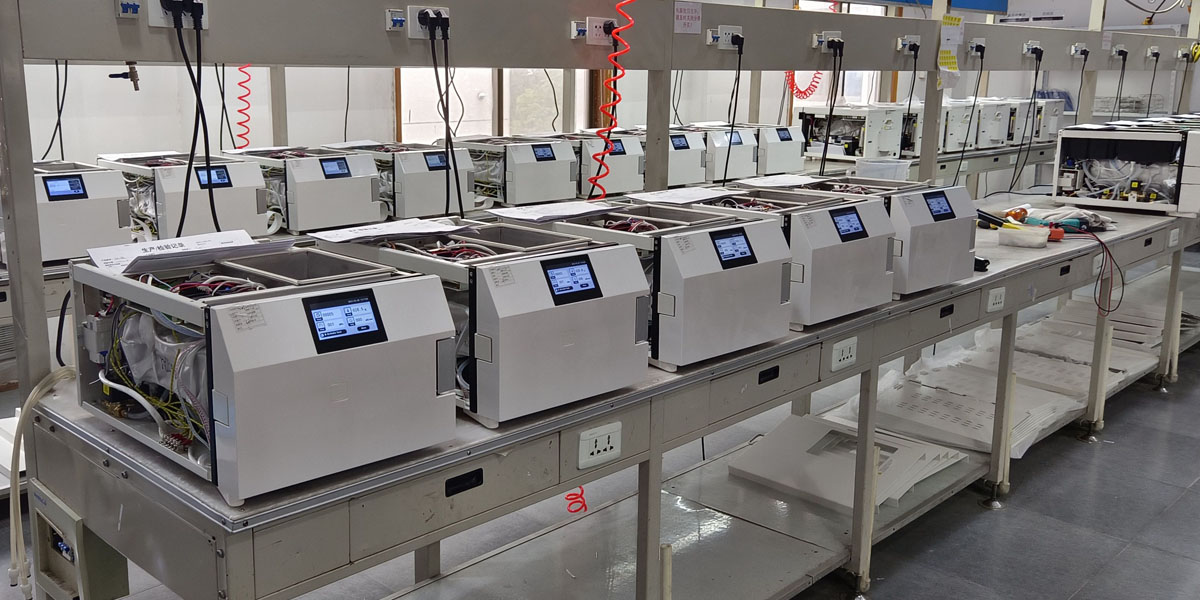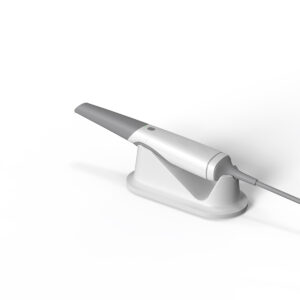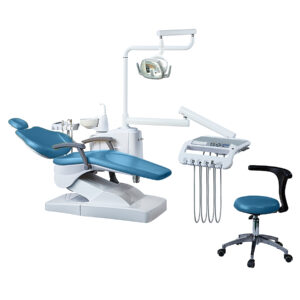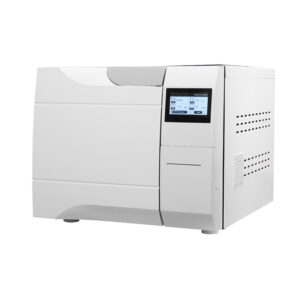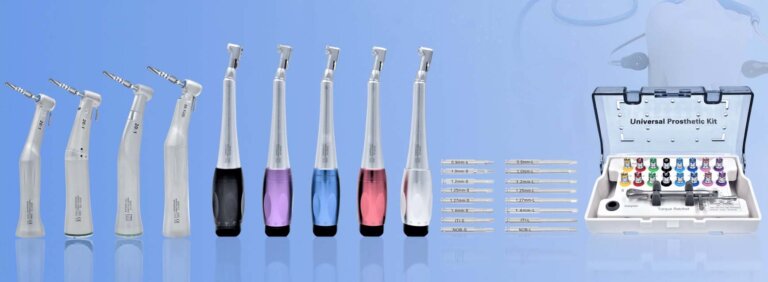Dental autoclave spore testing
In the realm of dental healthcare, ensuring the highest standards of hygiene is paramount.
Dental autoclaves are the unsung heroes of every dental practice, working tirelessly behind the scenes to keep patients safe. At the heart of every dental practice lies a crucial piece of technology: the autoclave. These devices are engineered to meticulously purify instruments, eradicating the bacteria and viruses that can have devastating consequences for patient health. With every instrument thoroughly sanitized, dentists can focus on providing the best possible care, while patients can feel at ease knowing that their health and well-being are being safeguarded.
But their reliability isn’t taken for granted. Through spore testing, dental professionals put autoclaves to the test, making sure they’re performing at their best.
What is a Dental Autoclave?
A dental autoclave sterilizes dental instruments and equipment. In the dental clinic, the seemingly ordinary sterilization equipment is quietly performing a “steam revolution”. When the high-temperature and high-pressure steam penetrates every gap in the instrument like a sharp sword, the stubborn bacteria and viruses are instantly defeated in the 130°C heat wave. This is not only a simple disinfection process, but also a process of putting on invisible protective clothing for every pair of tweezers and probe – after this steam baptism, even the most difficult spores have nowhere to hide. It is this extremely strict sterilization standard that makes every treatment at the dental chair a fulfillment of the safety promise, protecting the patient’s open mouth and the hands of medical workers holding the instruments.
Dental autoclave spore testing Process Explained
The sterilization process of a dental autoclave involves several key stages:

- Preparation of Instruments: Before sterilization, you must thoroughly clean dental instruments to remove any debris or organic matter. This step is essential to ensure the effectiveness of the autoclave.
- Loading the Autoclave: You arrange instruments in the autoclave chamber, ensuring adequate space for steam circulation. Proper loading is vital to achieve uniform sterilization.
- Heating and Pressurizing: The autoclave heats water to generate steam and then pressurizes it. Typically, the sterilization cycle operates at temperatures between 121°C to 134°C under pressures of 15-30 psi.
- Exposure Time: You expose instruments to the pressurized steam for a specific duration, usually ranging from 15 to 30 minutes. This exposure time is calculated to ensure complete sterilization.
- Depressurization and Drying: After the exposure period, the autoclave depressurizes, allowing the steam to condense. The drying phase eliminates any residual moisture, preventing corrosion of instruments.
- Completion and Storage: Once the cycle is complete, the autoclave signals the end of the process. Sterilized instruments are then safely stored until their next use.
Key Features of an Effective Dental Autoclave
An efficient dental autoclave possesses several essential features that contribute to its effectiveness:
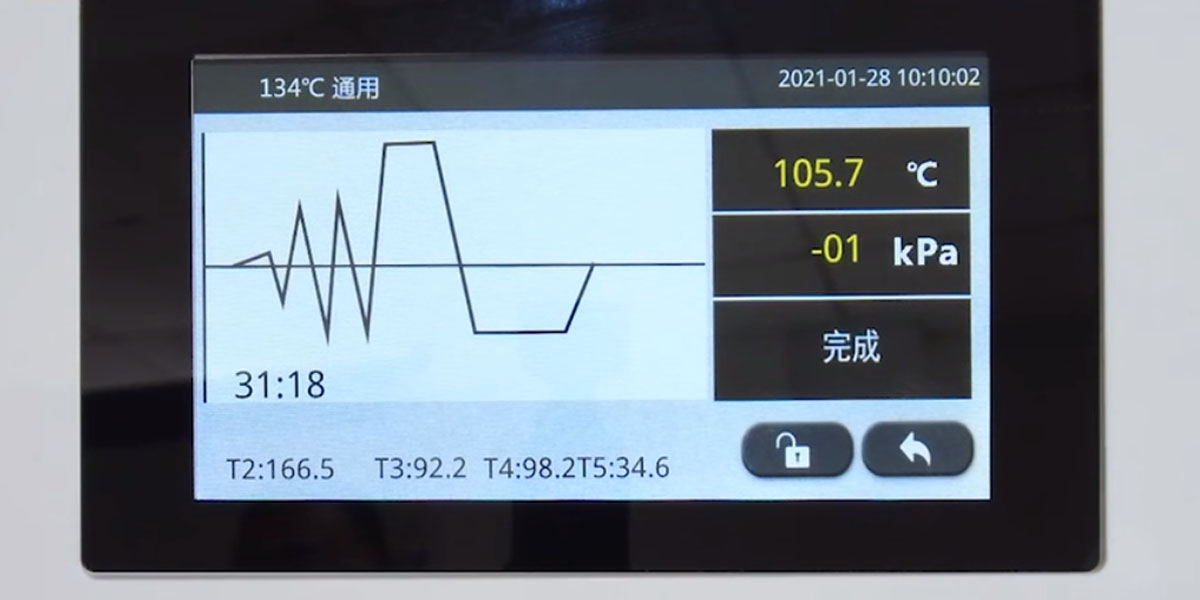
- Reliable Timer and Temperature Control: Precision in timing and temperature is crucial for consistent sterilization results.
- Pressure Regulation: Proper pressure management ensures that steam penetrates all instruments thoroughly.
- Safety Mechanisms: Features like automatic shut-off and pressure release valves enhance user safety.
- Ease of Use and Maintenance: User-friendly interfaces and straightforward maintenance procedures ensure longevity and consistent performance.
Benefits of Using a Dental Autoclave
Implementing a dental autoclave in a dental practice offers numerous advantages:
- Enhanced Patient Safety: Effective sterilization minimizes the risk of cross-contamination and infections.
- Compliance with Health Regulations: Using a dental autoclave helps practices adhere to stringent hygiene standards set by health authorities.
- Cost-Effectiveness: Reusable instruments, when properly sterilized, reduce the need for frequent replacements, lowering overall costs.
- Environmental Sustainability: Sterilization reduces medical waste, contributing to environmentally friendly practices.
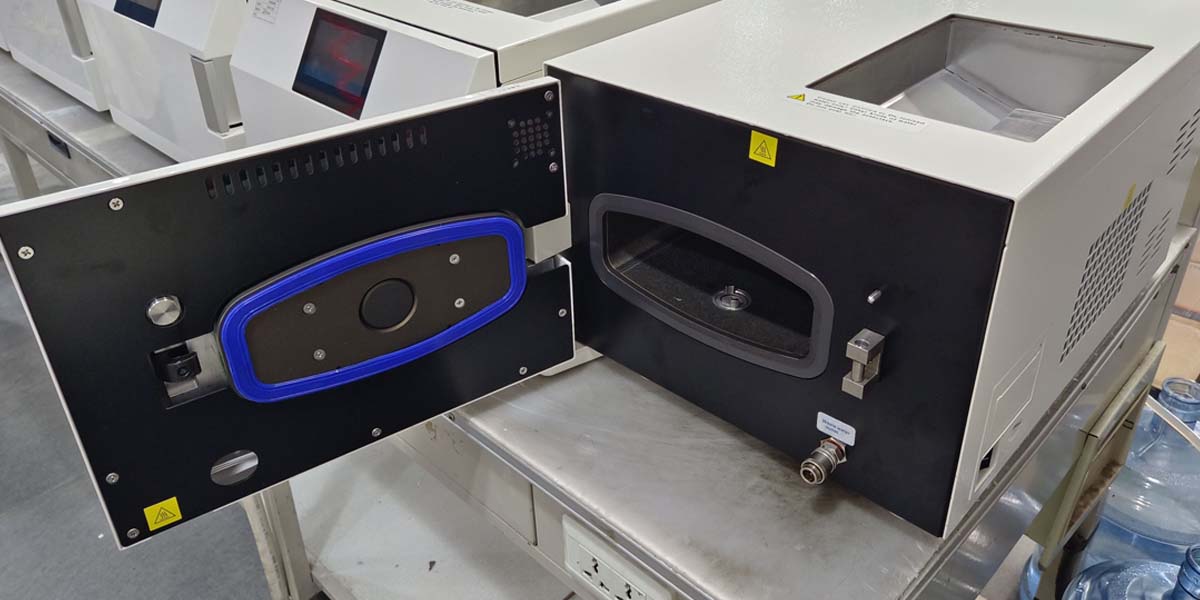
dental autoclave spore testing
Case Study: Improving Hygiene Standards with Dental Autoclaves
A study conducted in 2022 surveyed 150 dental clinics across the United States to assess the impact of dental autoclaves on hygiene standards. The results indicated that clinics utilizing high-quality dental autoclaves reported a 40% decrease in infection rates compared to those relying on less efficient sterilization methods. Additionally, patient satisfaction scores improved by 25%, highlighting the critical role of effective sterilization in patient care.
Danger classification of oral instruments and requirements for disinfection, sterilization and storage
| Danger level | Classification of oral instruments | Disinfection and sterilization level | Storage requirements |
| High risk | Tooth extraction instruments: tooth extraction forceps, dental elevators, gum separators, root separators, tooth separators, chisels, etc. | Sterilization | Sterile storage |
| Periodontal instruments: dental scalers, scrapers, periodontal probes, ultrasonic tips, etc. | |||
| Root canal instruments: root canal expanders, various root canal files, various root canal reamer drills, root canal fillers, etc. | |||
| Surgical instruments: including dental implants, periodontal surgery, alveolar surgery instruments, dental mobile phones for dental implants and tooth extraction, etc. | |||
| Other instruments: dental burs, gingival retractors, curettes, digging spoons, electric knife heads, etc. | |||
| Medium risk | Inspection instruments: mouth mirrors, tweezers, instrument trays, etc. Sterilization or high-level disinfection cleaning and preservation of orthodontic instruments: orthodontic pliers, ring clippers, ring removal pliers, gold crown scissors, etc. | Sterilization or high-level disinfection | Clean and save |
| Restoration instruments: crown removers, crown removal pliers, impression trays, vertical distance measuring rulers, etc. | |||
| Various types of fillers; silver-mercury conveyors. | |||
| Other instruments: dental handpieces, card-type syringes, polishers, saliva extractors, traction devices for tongue, lips and cheeks, three-purpose gun heads, shapers, openers, metal reflectors, retractors, hooks, intraoral X-ray film holders, rubber dam clamps, rubber dam clamps, etc. | |||
| Low risk | Adjustment knives: model carving knives, steel adjustment knives, wax knives, etc. | Medium and low level disinfection | Clean and save |
| Other instruments: rubber mixing bowls, rubber dam racks, punchers, dental hammers, polyether guns, calipers, polishing cloth wheels, technician pliers, etc. |
Best Practices for Dental Autoclave Maintenance
To ensure the optimal performance of a dental autoclave, regular maintenance is essential:
- Routine Cleaning: Regularly clean the autoclave chamber and trays to prevent the buildup of residue.
- Descaling: Periodically descale the machine to remove mineral deposits that can impair functionality.
- Calibration: Calibrate the temperature and pressure settings accurately to ensure effective sterilization.
- Professional Servicing: Engage certified technicians for comprehensive maintenance and timely repairs.
A dental autoclave is an indispensable tool in modern dental practices, pivotal in maintaining high standards of hygiene and patient safety. Understanding the sterilization process, along with proper usage and maintenance, ensures that dental instruments effectively sterilize, preventing infections and enhancing overall healthcare outcomes. Investing in a reliable dental autoclave not only complies with health regulations but also fosters trust and confidence among patients, underscoring the commitment to excellence in dental care.

